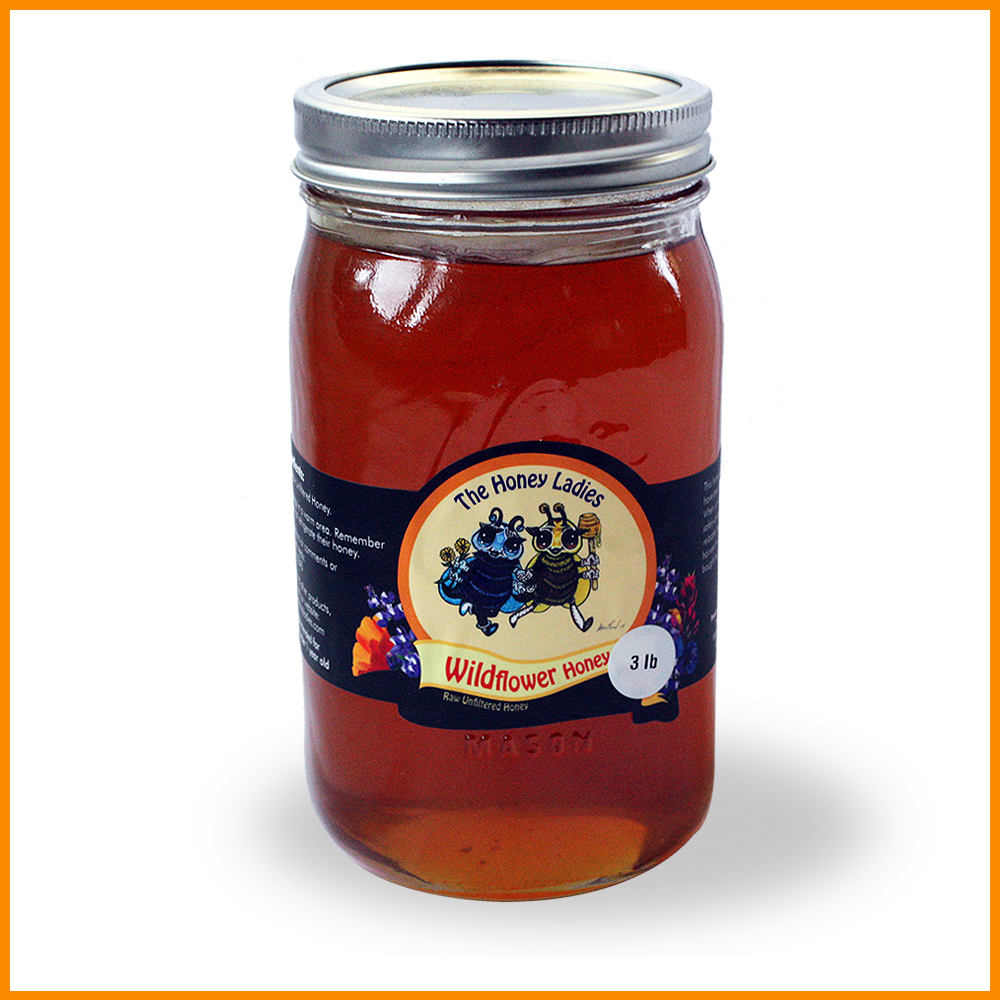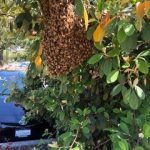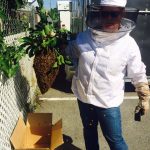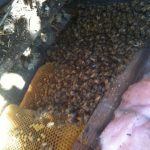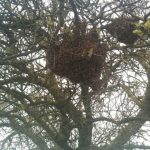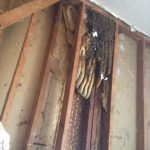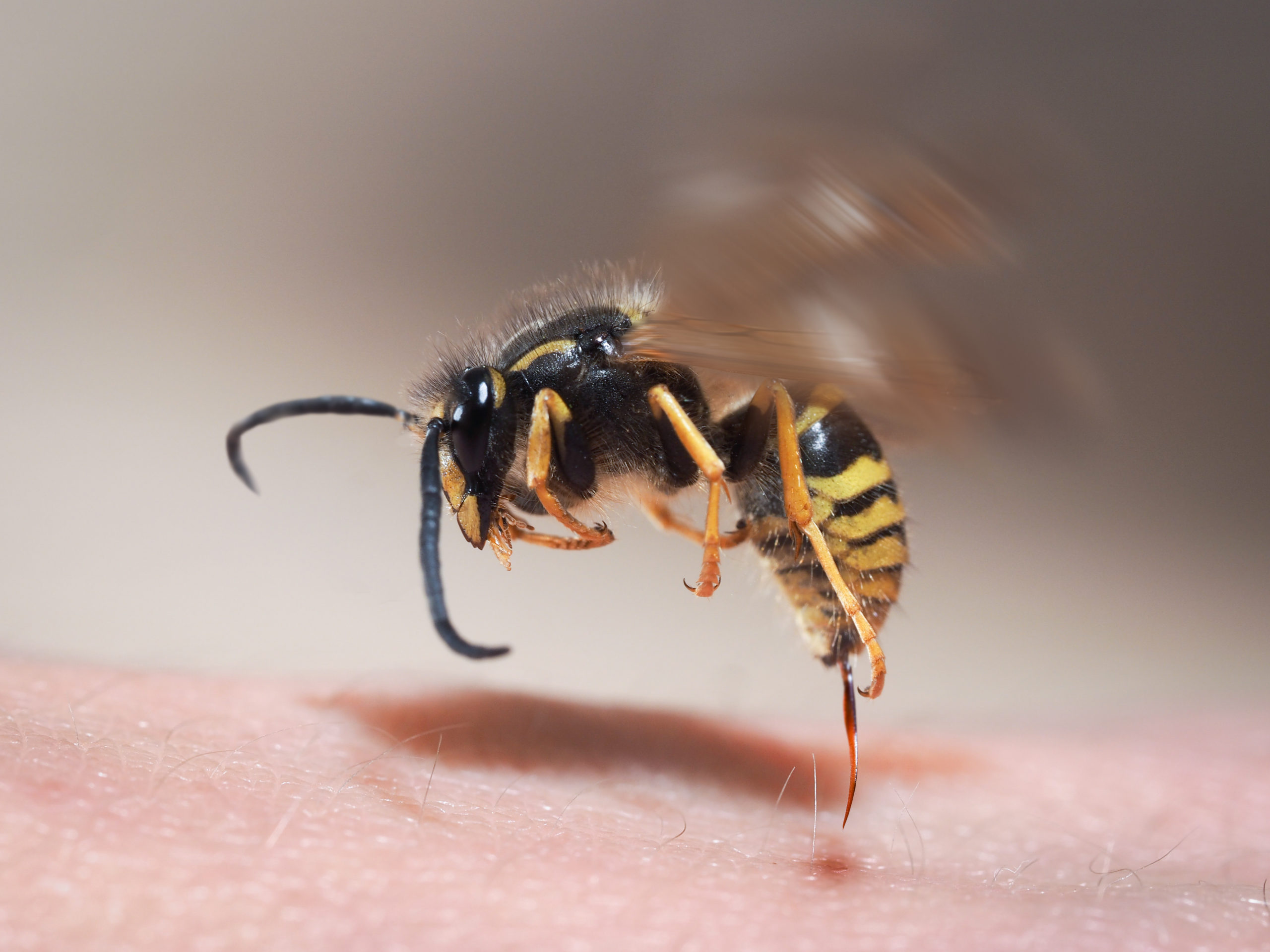
5 Types of Bees and Their Ouchiness Scale
Odds are you’ve been out for a walk and heard that familiar buzzing sound. Uh oh, bees, you think to yourself, sure you are in immediate danger and pain from a million stings is right around the corner.
The problem is there are many different types of bees (and insects you commonly get confused with bees). Some are friendly and just going about their business while others will sting you if you so much as look at them the wrong way.
Here are a few common types of bees and how likely you are to be stung by them.
Honey Bees
The most common bee you will find, the Honey Bee is medium-sized with a golden-brown banded abdomen. Incredibly numerous, Honey Bees buzz from flowers to trees to herbs, collecting pollen to make honey.
Ouchiness Scale: 2
The Honey Bee will leave you alone if you leave it alone. As long as you are not trying to steal its pollen, you’ll be fine. This type of bee dies if it stings.
Bumblebee
A large, hairy, and dopey-looking bee, the Bumblebee slowly buzzes around and seems to be almost absentmindedly looking for its next source of pollen. They love flowers, and you will likely see them in large flower groves, enjoying the scenery as much as you are.
Ouchiness Scale: 1
Bumblebees are gentle and docile. The only way to rile them up is to stomp on their nest, which is typically found in compost piles and other cavities.
Sweat Bees
Sweat bees are small and quick, buzzing from flower to flower and essentially ignoring humans. They work hard and are focused on the task at hand. While most Sweat bees are the familiar yellow and black, they vary in color. If you look closely closely, some are even a brilliant metallic green color.
Ouchiness Scale: 2
Males do not sting, and females only will if you chase or attack them. If one does become aggressive, you can usually push or blow it away without any real threat.
Yellowjackets
The most common species of wasp in North America, the Yellowjacket is distinctly more grumpy than either type of bee mentioned above. Throughout the summer months, the Yellowjacket is irritable, to say the least. The issue is they are similar in size and appearance to Honeybees, making them tough to differentiate.
Ouchiness Scale: 6
Yellowjackets will sting you if you get in their way. While the adults drink nectar, their young eat meat, making them the most common pest at outdoor BBQs and picnics.
Hornets
The worst of the worst. Hornets are big and scary, and with their hanging abdomen are easier to differentiate from our friendly neighborhood bees. They like to build those large paper nests you sometimes see people trying to burn down with a flamethrower on YouTube.
Ouchiness Scale: 9
Hornets are aggressive and their sting is a lot more painful than anything else on this list. If you disturb their nest, run!
Next time you hear that familiar buzzing noise while out in nature, take a moment to breathe and think before the alarm bells start ringing. Look around at what type of bee or bee-like insect is buzzing around. If you see the peaceful Bumblebee buzzing around, treat them like friends. If you see a pack of angry hornets pointed in your direction, time for those alarm bells!
[/et_pb_text][/et_pb_column][/et_pb_row][/et_pb_section]


